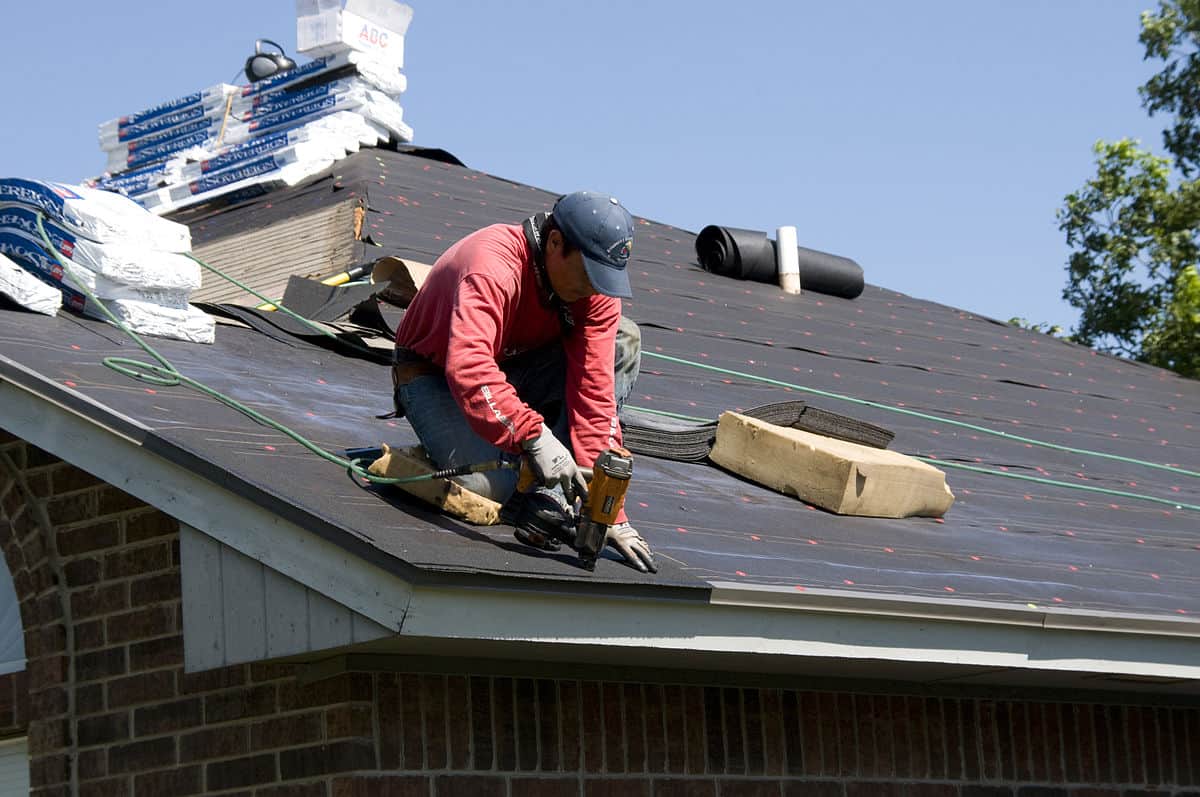The Importance of Picking Knowledgeable Roofing Companies Gainesville Florida
The Importance of Picking Knowledgeable Roofing Companies Gainesville Florida
Blog Article
Finest Practices for Ensuring Proper Roofing Ventilation
A balanced intake and exhaust vent ratio, generally 1:300, plays a crucial duty, with intake vents ideally put at the lower edge of the roof for cool air entrance and exhaust vents at the height for cozy air leave. Maintaining insulation away from vents is essential to avoid airflow limitation.
Understand Ventilation Fundamentals
Correctly comprehending ventilation fundamentals is crucial for guaranteeing the long life and performance of roof covering systems. Reliable air flow alleviates moisture accumulation and temperature level extremes in the attic room, both of which can bring about substantial architectural damages with time. A well-ventilated roof helps in preventing common issues such as mold development, timber rot, and ice dams, which can endanger the honesty of the roof covering products and the underlying structures.
The main goal of ventilation is to facilitate the movement of air, enabling a consistent exchange in between the interior and outside atmospheres. This balance is attained via a mix of intake and exhaust vents that work together to keep optimum air flow. Intake vents, usually located along the soffits or eaves, permit fresh air to enter the attic room room, while exhaust vents, usually situated at or near the roof ridge, allow warm, damp air to get away.
Key variables affecting the efficiency of roof covering air flow include proper placement, ample sizing, and guaranteeing that both intake and exhaust vents are unobstructed. Normal evaluation and maintenance are vital to determine potential clogs, damages, or ineffectiveness in the air flow system, thereby securing the roofing system's performance and toughness.
Kinds Of Roof Covering Vents
Roofing vents play a crucial duty in maintaining effective attic room ventilation and, by expansion, the overall health and wellness of the roof. Various kinds of roofing vents are readily available, each with one-of-a-kind benefits customized to particular roofing needs. Ridge vents, for instance, are installed along the roof covering's peak, permitting cozy, humid air to get away from the attic room. They use continuous ventilation and mix flawlessly with the roofline, making them both effective and visually pleasing.

Soffit vents are installed under the eaves and operate in tandem with roofing system vents to ensure a balanced intake and exhaust system. By allowing cooler air to get in from below, soffit vents assist in the expulsion of hot air through upper vents. Gable vents, situated on the exterior wall surfaces of the attic room, offer one more effective service, particularly in homes with saddleback roofs.
Analyze Your Existing Ventilation

Next, take into consideration the age and problem of your roofing materials and ventilation parts. Older systems might not follow present building ordinance or may have weakened over time, lowering their performance. Conduct an extensive evaluation to determine any kind of signs of deterioration, such as rust, damages, or gaps that could compromise the system's performance.
Additionally, determine the attic temperature level and moisture levels. Heats and humidity can show inadequate ventilation - gainesville fl roofing companies. Use a hygrometer and thermostat to obtain exact analyses, comparing them with exterior conditions. Persistent inconsistencies recommend potential concerns that need attending to.
Setup Best Practices
Effective installation of roof ventilation systems is vital for guaranteeing ideal efficiency and durability. Proper setup starts with comprehending the particular air flow needs of the building and the roofing system it covers. This includes determining the proper ratio of intake to exhaust vents, generally adhering to the 1:300 regulation, which specifies one square foot of air flow for each 300 square feet of attic floor space.

Consumption vents should be mounted at the roofing system's reduced edge, usually in the soffits, to enable cool air to go into. Exhaust vents, on the various other hand, should be installed near or at the roofing's optimal to assist in the exit of cozy, wet air.
Seal all air vent connections diligently to stop air leaks and potential water infiltration. Use top quality products and comply with supplier standards to make certain resilience and performance. In addition, incorporating ridge vents with baffles can considerably improve air flow effectiveness by preventing wind-driven rain and snow from getting in the attic.
Inevitably, precise installment of roof ventilation systems mitigates potential problems such as mold and mildew development, ice dams, and Resources structural damage, guaranteeing the roof's stability and the structure's total wellness.
Routine Upkeep Tips
Consistency in maintenance techniques is basic to ensuring the lasting efficiency of roofing air flow systems. Routine examinations are vital, preferably carried out biannually-- in the spring and autumn. During these inspections, make sure that vents are free of debris, nests, and other obstructions that can restrain air flow. Check for any indicators of moisture buildup or mold and mildew, as these can suggest inappropriate ventilation or leaks (gainesville fl roofing companies).
Cleansing the vents is another important job. Make use of a soft brush or a vacuum cleaner to remove dust and debris from intake and exhaust vents. Be mindful not to damage the air vent screens or louvers throughout the process. In addition, check the attic room space for any indications of water damages, which might compromise the stability of the roof covering system.
Appropriate insulation is equally essential. Make sure that attic insulation does not block the vents, as this can severely limit air flow. If any insulation has actually moved or cleared up, reposition or replace it to preserve a reliable barrier.
Finally, replace any type of harmed or basics missing out on elements promptly. Damaged vents, cracked shingles, or shabby flashing can all contribute to insufficient ventilation and should be attended to immediately. Routine maintenance makes sure that the roof covering air flow system operates ideally, thus prolonging the life expectancy of the roof itself.
Final Thought
Ensuring proper roof covering ventilation is critical for keeping the performance and sturdiness of a roofing system. Adherence to the 1:300 intake and exhaust vent ratio, coupled with the tactical positioning of vents, is essential.
A balanced consumption and exhaust air vent ratio, frequently 1:300, plays a critical function, with intake vents preferably positioned at the lower edge of the roof for great air entrance and exhaust vents Full Article at the peak for cozy air departure. Consumption vents, commonly situated along the eaves or soffits, permit fresh air to enter the attic room area, while exhaust vents, usually positioned at or near the roof ridge, make it possible for warm, damp air to get away.
Soffit vents are installed under the eaves and job in tandem with roofing vents to guarantee a well balanced consumption and exhaust system. By permitting cooler air to enter from below, soffit vents assist in the expulsion of hot air through upper vents. Adherence to the 1:300 consumption and exhaust air vent ratio, combined with the strategic placement of vents, is crucial.
Report this page